It’s very rare Dennis, Danny and I can spend a full day together, due to our very clashing work schedules. Recently, this was possible though. So Dennis proposed an excursion to Helmond in the province of North Brabant. Helmond has the largest moated castle of the Netherlands.
Helmond is a city and municipality of some 93,000 inhabitants in the Metropoolregio Eindhoven of the province of North Brabant in the Southern Netherlands. Helmond is home to several textile and metal companies. The Vlisco factory is located next to the Zuid-Willemsvaart canal, which runs through the city.

Helmond’s coat of arms, first appearing in 1241, displays a helmet, and is a canting arms for the city’s name, as helm means helmet in Dutch. However, the actual etymology of Helmond’s name is probably derived from the combination of Hel, which means “low-lying” (from Proto-Germanic *haljæ / Hel), and Mond, which referred to higher ground or a secure place.

Helmond Castle
“Celebrating nearly 700 years of Helmond Castle or Kasteel Helmond, it is the largest moated castle in the Netherlands”, the website says.
Once associated with the powerful Maria of Brabant via its wood-clad predecessor ‘t Oude Huys (The Old House), this castle was home to four noble families. Jan van Berlaer, Joost van Cortenbach, Albert Joseph van Arberg, and Carel Frederik Wesselman van Helmond were the noblemen who helped to transform this moated citadel into what it is today: an urban castle.
Construction of the current castle started around 1325. This served to replace an older, wooden castle, which stood a few hundred meters west of the present castle, and whose excavations in 1981 have revealed the foundations of a stone keep and objects.
In the twelfth century, the area around Helmond was part of the possessions of the van Hornes. The current castle was initially owned by the van Berlaer family, which exchanged lands in Berlaar near Lier in present-day Belgium with John II, Duke of Brabant. In 1433 this family was succeeded by the van Cortenbach family. In 1683 the castle passed into the hands of the Arberg family by marriage. The mint master Carel Frederik Wesselman bought the manor with the castle Helmond in 1781.
In 1549 a fierce fire raged in the castle, in which especially the west wing and the roofs of the building were damaged. Complete destruction has certainly not taken place. Evidence of this was found in later renovations in the 20th century .
In 1921, the ownership of the castle was transferred to the municipality of Helmond by the widow of the last lord of the castle Carel Frederik Wesselman van Helmond, jonkvrouw Anna Maria de Jonge van Zwijnsbergen and her two daughters, on the condition that the castle was only used for the municipal administration. or intended for other public use.
After a thorough renovation, the castle was taken into use as a town hall from 1923 onwards. The space became too small in the 1970s. A new town hall was put into use. Of the municipal functions, two wedding halls and the council chamber remained in use.
In 2001 the council chamber moved to a new location in nearby Boscotondo. Museum Helmond has been in the castle since 1982. The castle is also used as a wedding location.







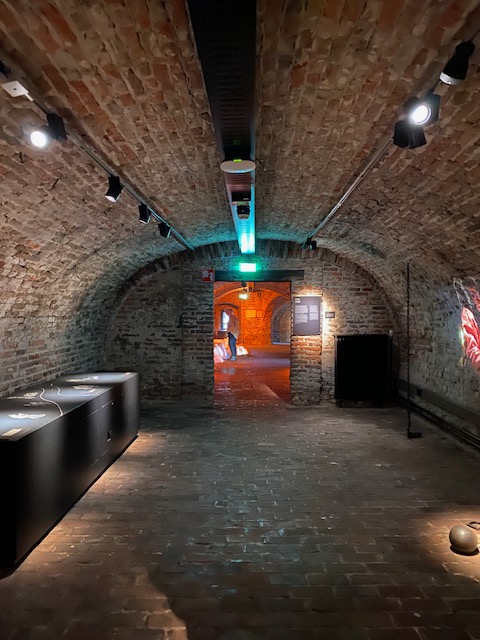
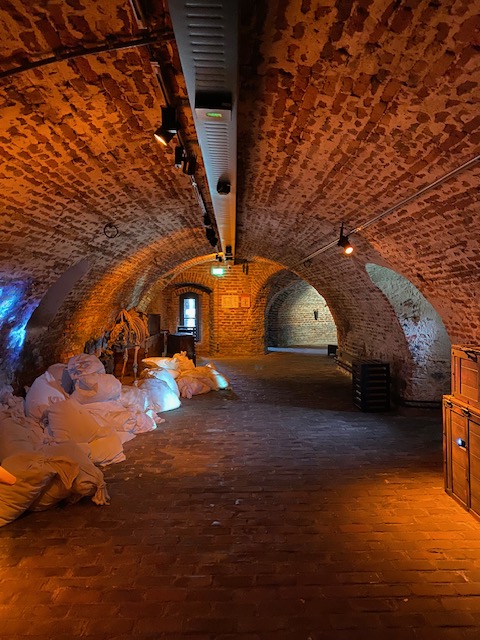

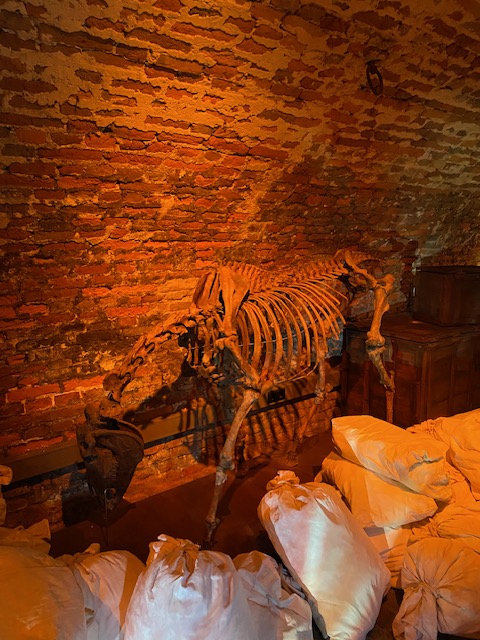



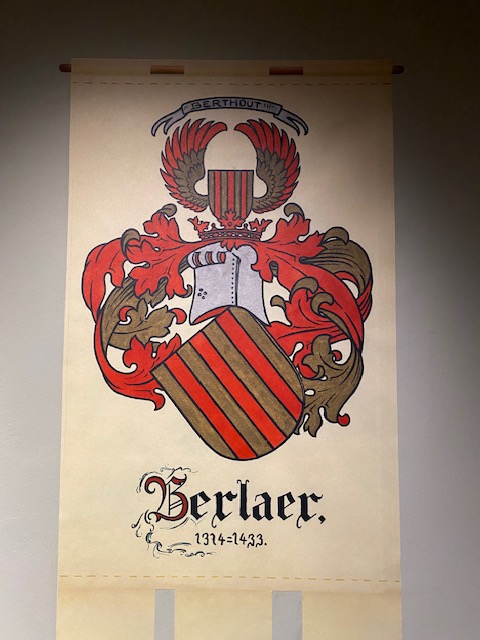







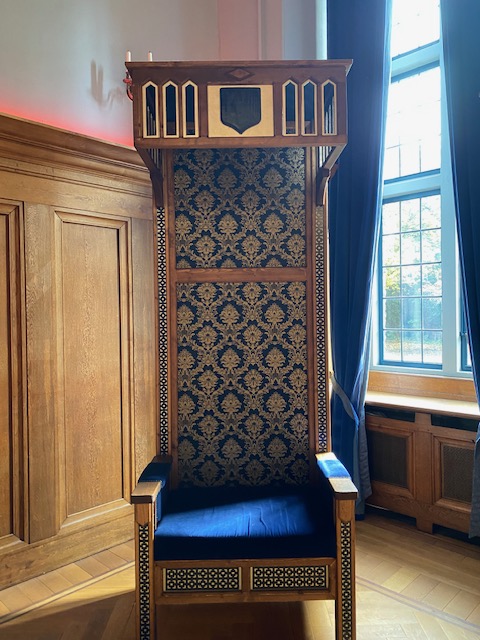


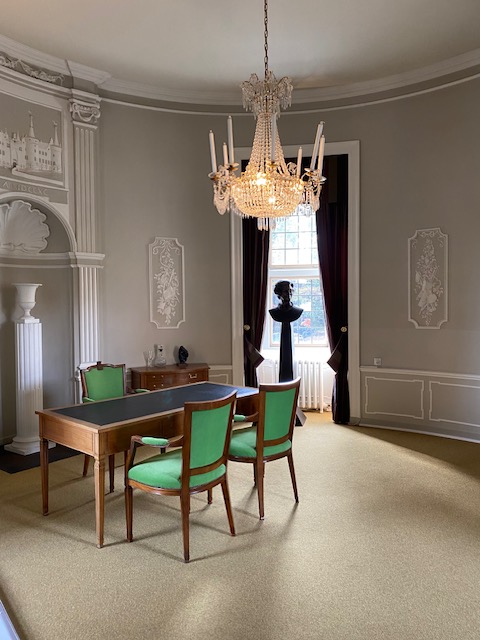

Architecture
The current castle was designed as a square water castle with a round tower at each corner and no central residential tower or keep, very similar in ground plan to similar castles such as Muiden Castle, Radboud Castle or Ammersoyen Castle.
These square castles turned out to have better defensive qualities than older round castles. The ground plan of the castle measures approximately 35 X 35 meters. The diameter of the corner towers is approximately 8 meters. The entrance is on the north side through a gatehouse that is almost integrated with the adjacent buildings.
The castle used to have a double ring of moats, only the moat around the building itself remains. The castle also included some outbuildings and entrance gates. Apart from two square towers and one entrance gate, these have to make way for the construction of the Kasteel-Traverse, a bridge crossing straight through the center of Helmond.
Over the centuries, the building was adapted several times to the then current use. During the major renovation in 1923, a system of corridors was built in front of the original rooms. The cellar vaults have remained virtually authentic.
Almost nothing remains of the original interior. A few authentic fireplaces can still be seen on the bel étage.



A visit of Helmond Castle
As we visited in November 2023, part of the castle was closed as it was preparing the Sinterklaas (Saint Nicholas) period. The patron saint of children and original Santa takes up residence at the castle from 20 November to 6 December.
The Dutch celebrate Sinterklaas on 5 December with pakjesavond (presents’ eve), while in Belgium children discover their present on the morning of 6 December. Funnily, in Belgium presents at Christmas are usually given on Christmas Eve (24 December).

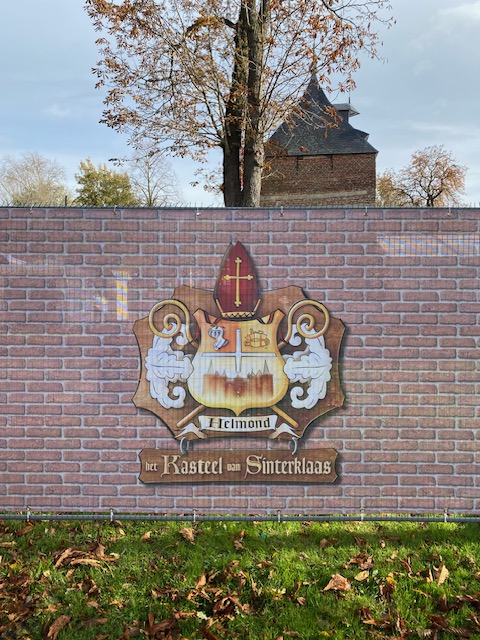
Anyway, most of the castle was still tour-able. The visit starts being children-orientated but ‘grows up’ later on with more focus on the castle’s history rather then ‘general life’ in the Middle Ages.
We toured the castles without audioguide and we didn’t miss information because of it. There were signs with explanations. The Low Countries have seen many wars and revolutions so you need quite some explanations.
The castle was a private home until 1921, which is fairly recent. Afterwards it was a city hall and administrative centre. Now it houses the Museum Helmond. We visited its other campus after lunch.
If you visited medieval castles before, you will not be blown away by Helmond Castle. Bit it’s still a nice visit. The admission was 12 euros, which includes the rest of the museum.





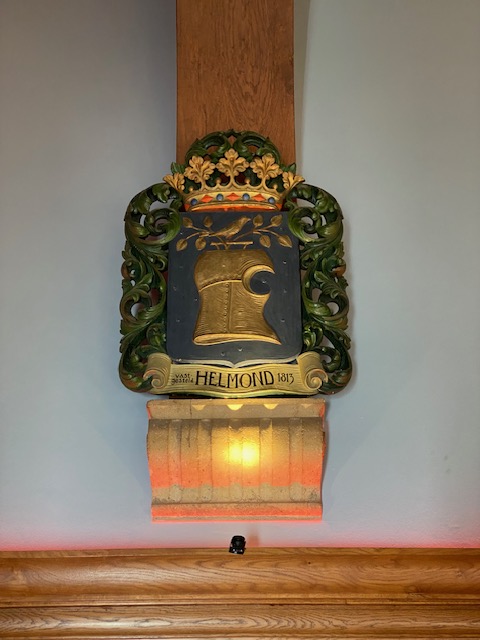



11 Comments Add yours